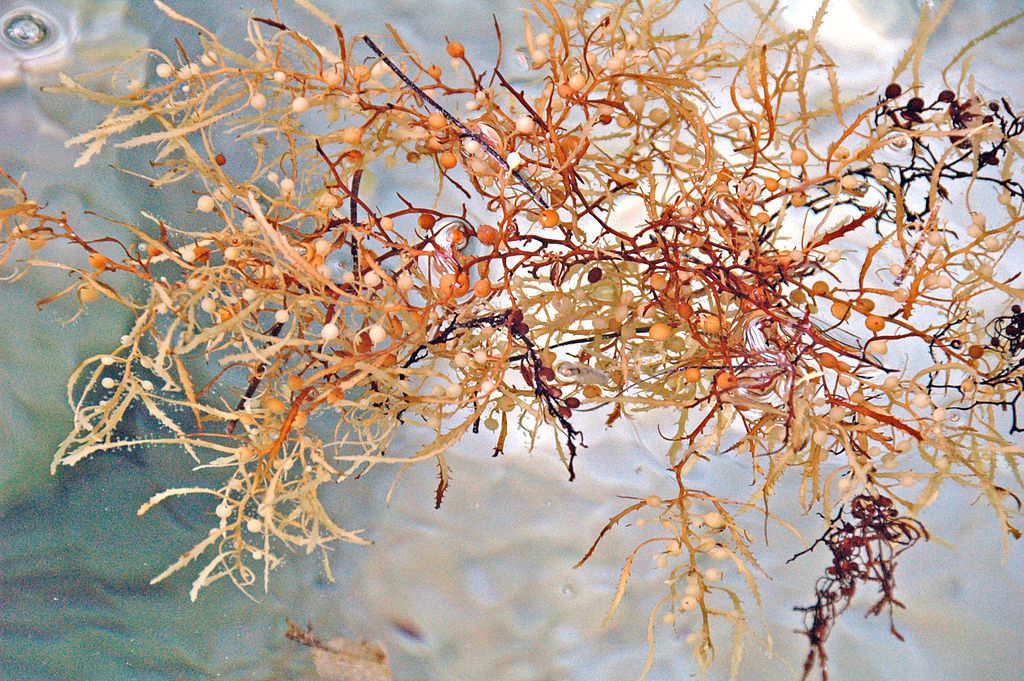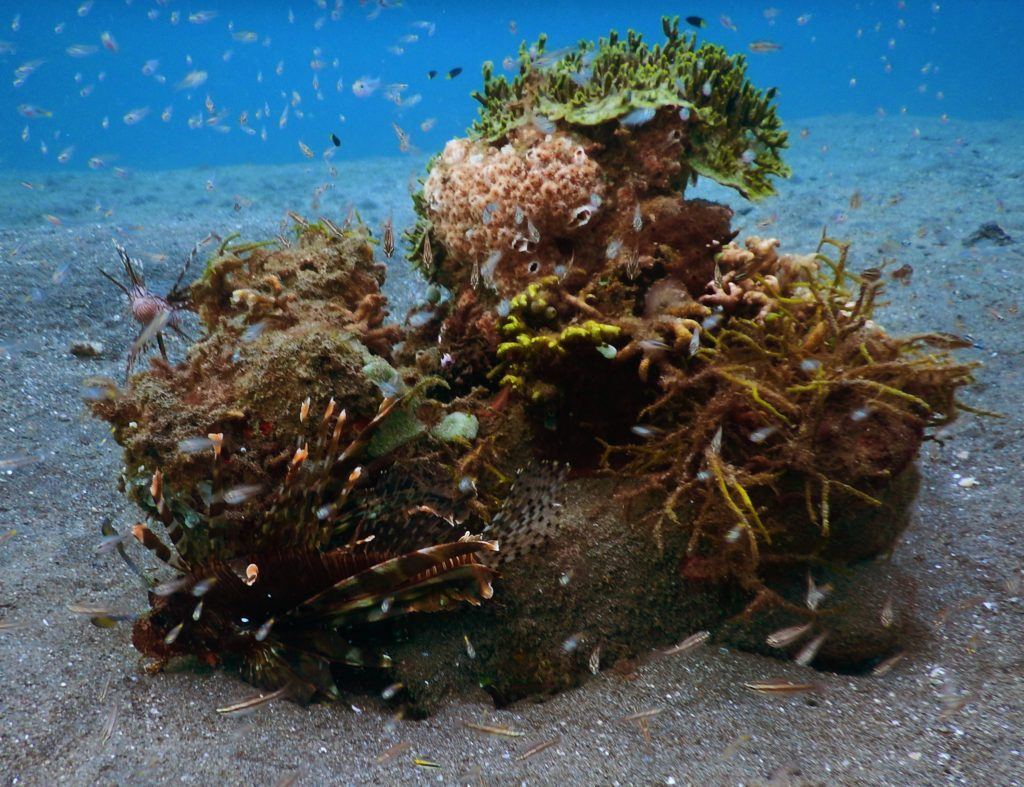When your fish tank begins to look dingy, coated with a brown substance on the glass and decorations, you can wonder – what kind of algae is this?
Is it harmful? Are there ways to slow its progress in addition to a rigorous cleaning schedule?

Worry not. As the name suggests, you’re dealing with brown algae – and we’re here to ensure you’ll be well informed on how to handle it.
Contents
What is Brown Algae?
Starting as brown splotches on gravel or glass, brown algae is a variety known as gravel algae or silica algae.
These photosynthesize and obtain chemical forms of sustenance, allowing them to survive in dark places as long as there are appropriate food sources available such as silicate, phosphorus, and nitrates.
This algae grows wherever there is low light and little in the way of green algae or other such plant growth.
Once established, it rapidly covers a majority of the aquarium with a thin, dark brown coating. Some rocks contain the elements that help with the growth of the algae.
Although it is not toxic for fish, it is rather ugly to look at and can be harmful to your plants or corals, as it keeps them from getting the necessary sunlight and nutrients.
As the algae dies, it can result in pollution issues and is often a sign that the chemistry of the tank is not at its best. It’s best to get rid of the stuff as soon as it begins to grow.
Causes of Brown Algae
The primary source of brown algae is the silicates and nitrates often found in rocks and gravel.
The algae feeds off of those nutrients and uses them to grow. If the water is high in silicic acid, it begins to build these nutrients up and will proceed to feed the algae.
These nutrients can also stem from uneaten food, dead material, or an overstocked environment.
There’s also the matter of lighting. Brown algae thrives in dim lighting and will rapidly grow.
Finally, low oxygen levels will assist the algae as it inhibits the plants from thriving.
By taking care of these problems, you’ll be able to easily find the cause of brown algae, and apply methods to prevent and cure it.
How to Prevent Brown Algae in Fish Tank
Starting off, the best approach is preventing the brown algae from ever growing in the first place.
Start with the plants. Brown algae grows most easily where it can steal nutrients, so faster-growing plants will be able to outperform the algae, making it impossible for it to grow.
There’s also the matter of your fish. Keeping an algae eater is always recommended, but more importantly, do not overfeed your fish.
Their fecal matter will act as fuel for the algae to grow, as well as their dead bodies should they die from the excess feeding.
Third, you should be sure that you cycle out your aquarium’s water regularly, in order to prevent the algae from ever taking hold.
Freshwater is less likely to have the nutrients which feed algae, so it’s best to change out the water once a month.
How to Cure Brown Algae
If brown algae has already taken hold of your tank, don’t worry. Curing your aquarium is rather simple.
Start by removing any rocks and vacuuming out any gravel that you suspect is already infected with the brown substance, taking care to wipe down the larger pieces to remove as much algae as possible.
You will also need to cleanse the water itself by purchasing a silicate/phosphorus absorbing filter. This will starve the algae, preventing it from expanding further.
Then, simply scrape off the remaining algae from the glass or other decorations, removing the substance from the tank altogether.
This is crucial, as remnants will pollute the new water or re-attach elsewhere.
Next, light up the tank and make it brighter. Brown algae will not survive in light, so a new bulb will certainly help you to kill it.
Finally, the simplest fix is to add an algae-eating fish to your tank. This variety, as the name entails, will eat any remnants.
It’s completely harmless to them and is actually beneficial, providing their body with much-needed nutrients and nourishment!
Brown Algae in a Saltwater Tank
If the brown algae is occurring in salt water, you may want to check the mix for possible silicates that could assist in the algae’s growth.
If that is the case, you should empty the tank of all saltwater and try reverse osmosis water rather than tap water in order to remove all silicates.
Next, clean the corals in your water as regularly as possible, so as to ensure more of the algae doesn’t grow.
Finally, check the filter. It’s crucial to make sure there’s a phosphate/silicate-absorbing material to further prevent the algae from getting the nutrients it needs.
Here’s a video showing how to clean an entire tank with brown algae.
Do you have any tips for dealing with brown algae in aquariums?




